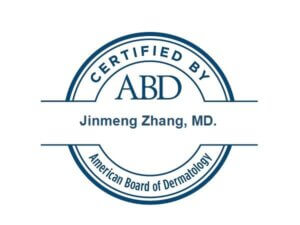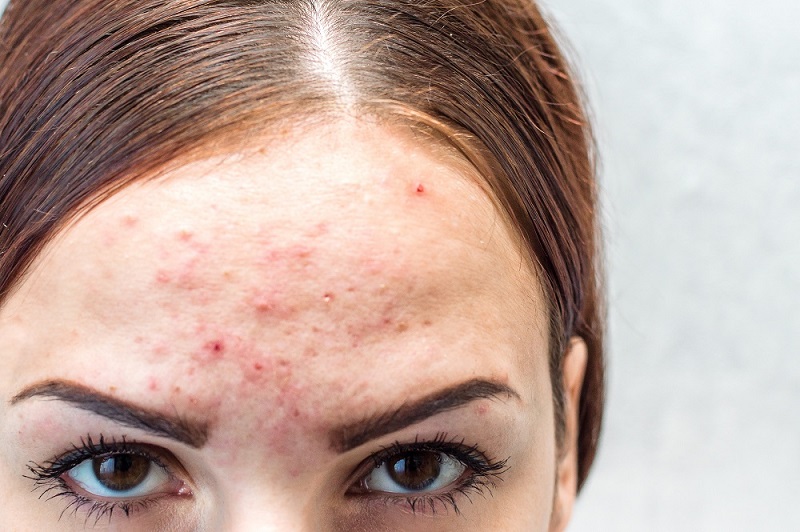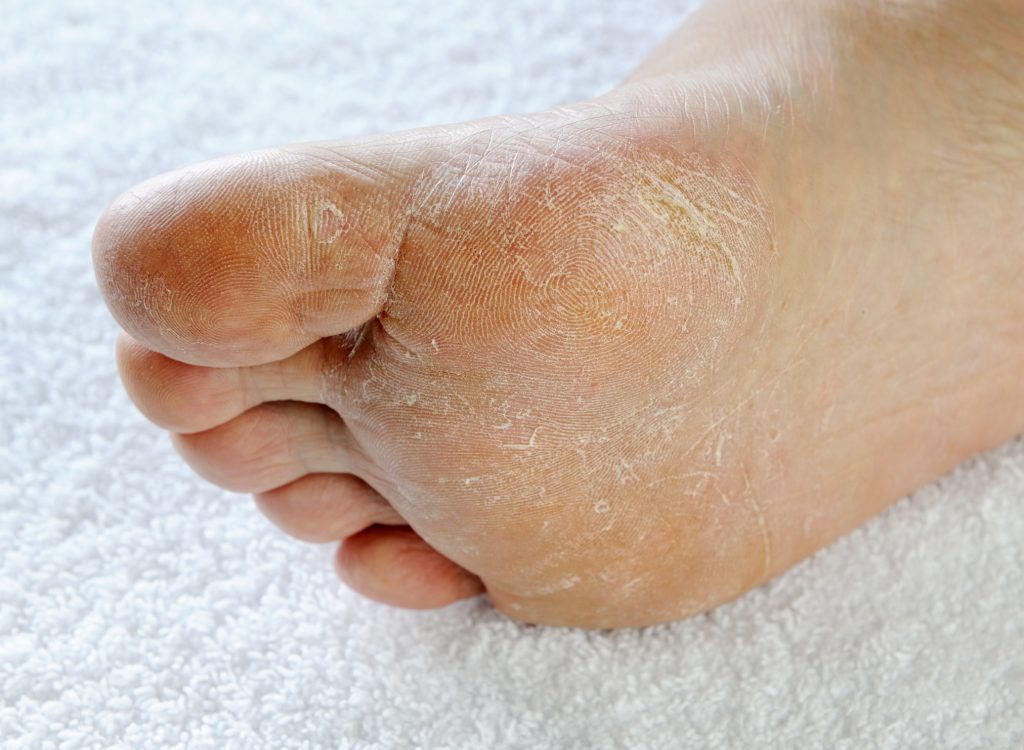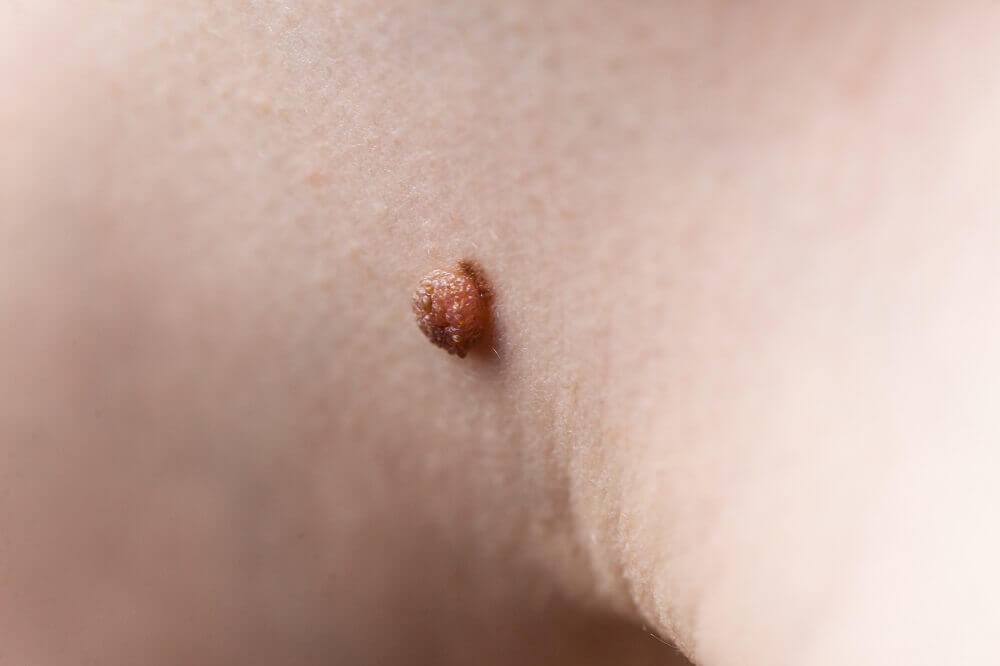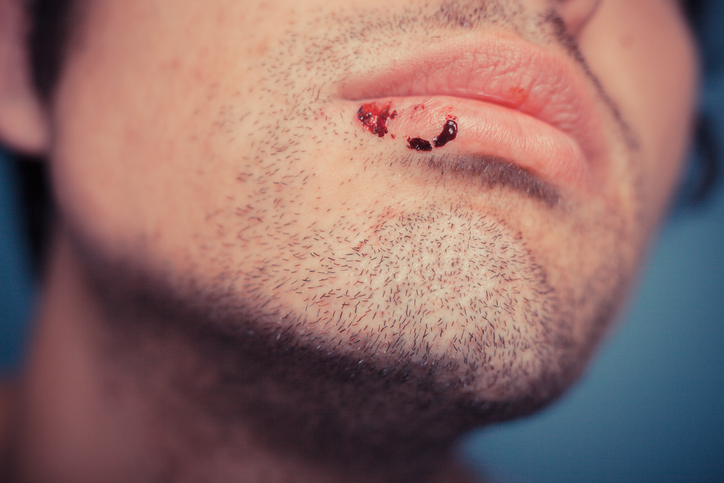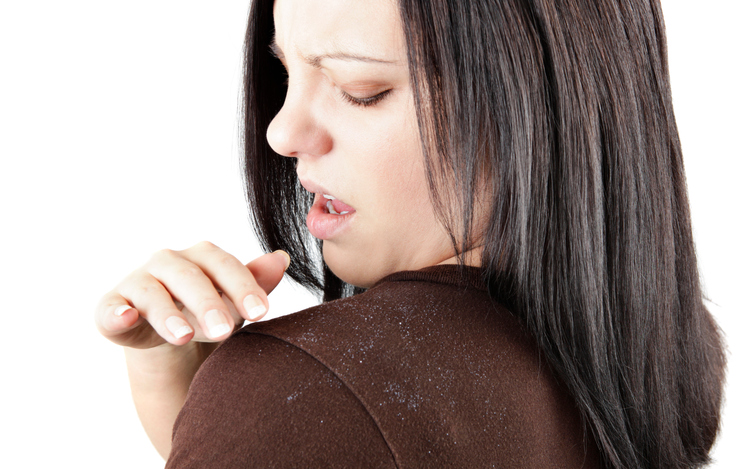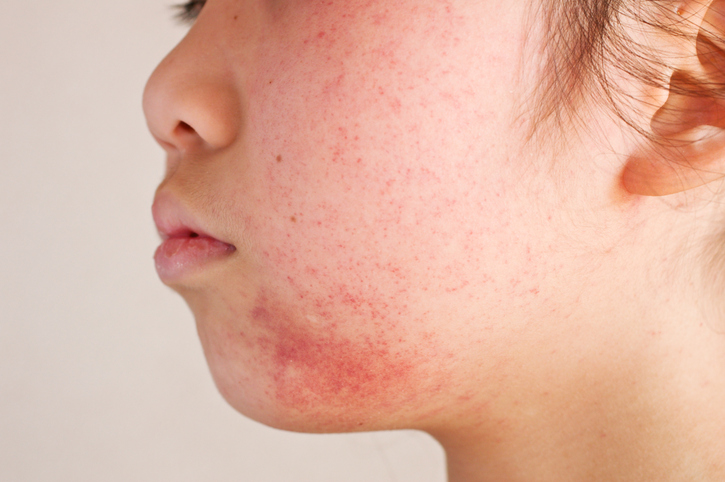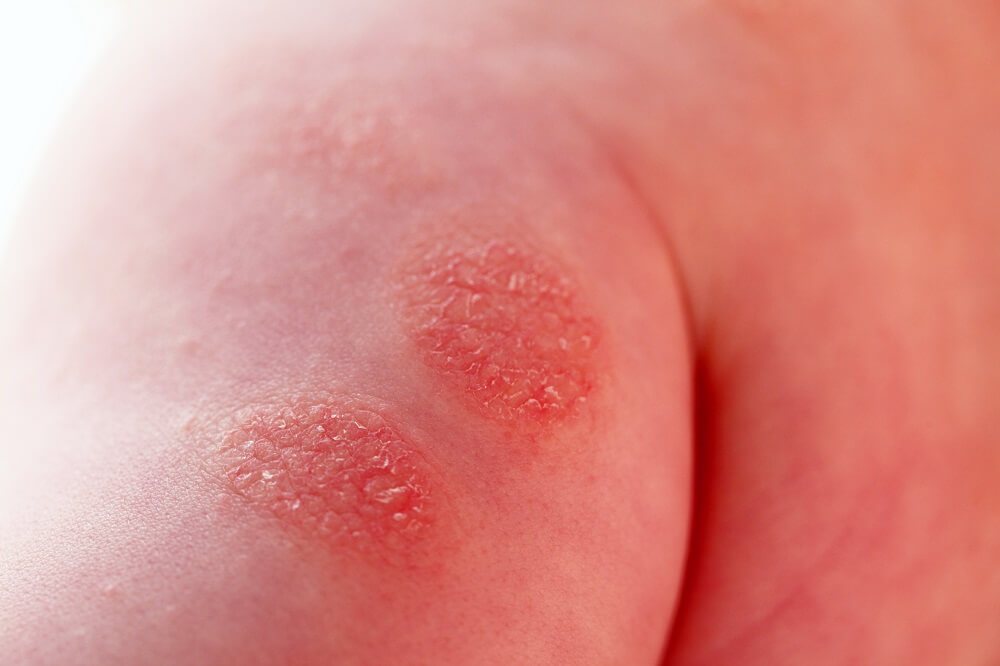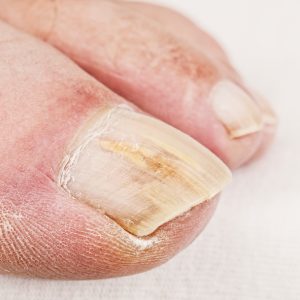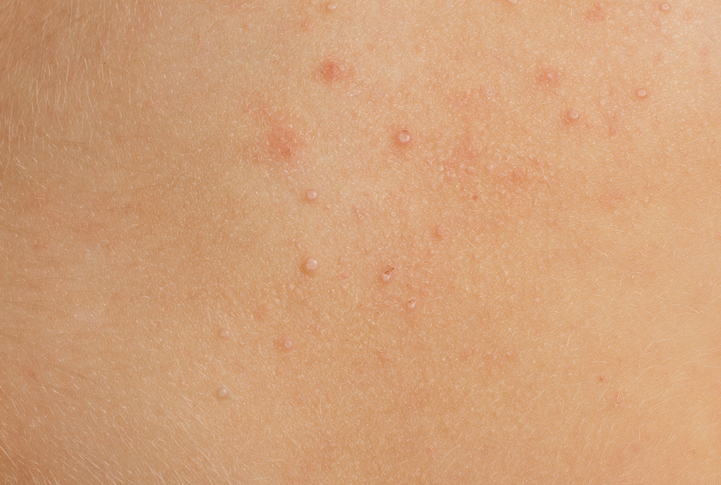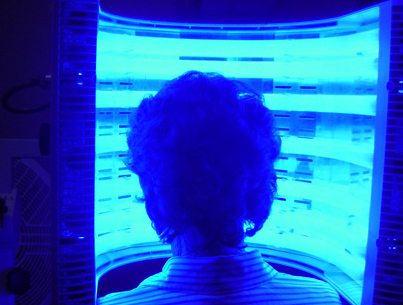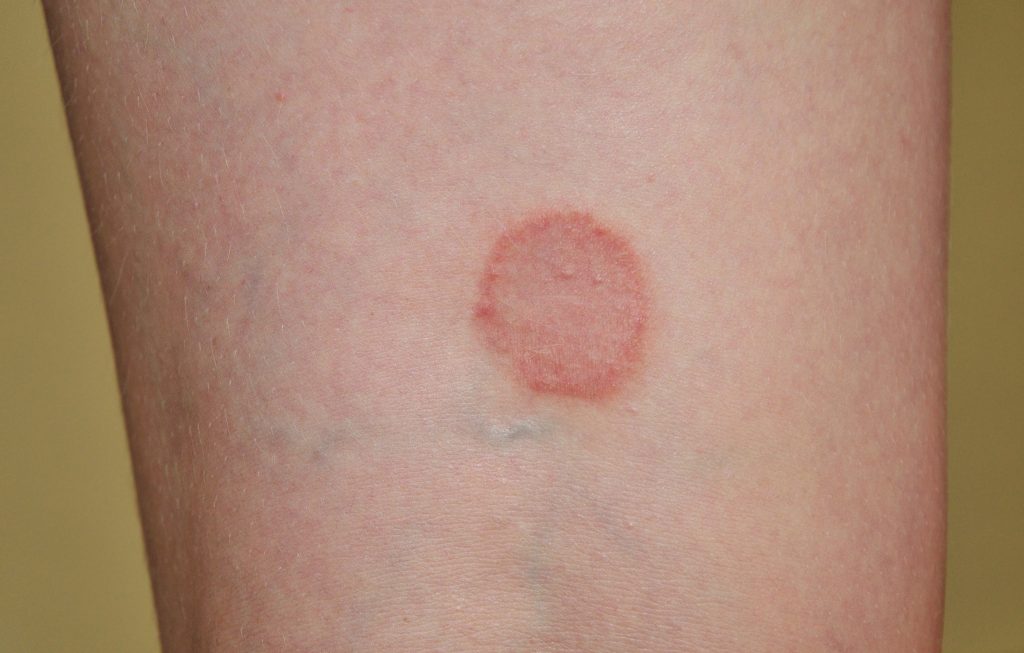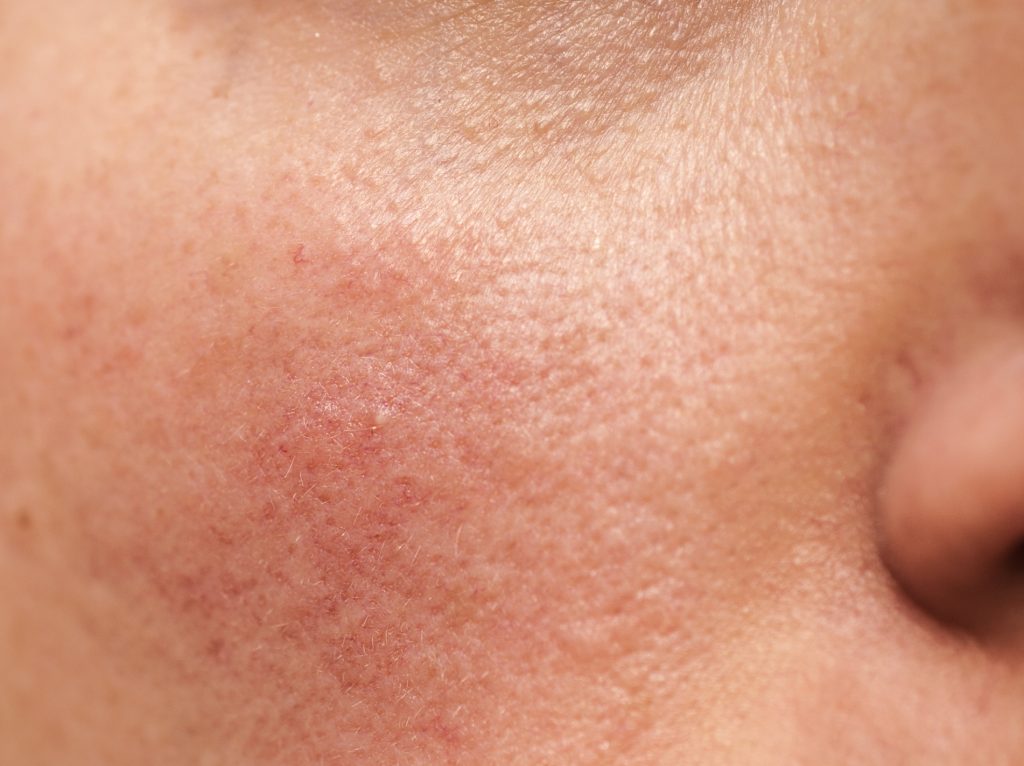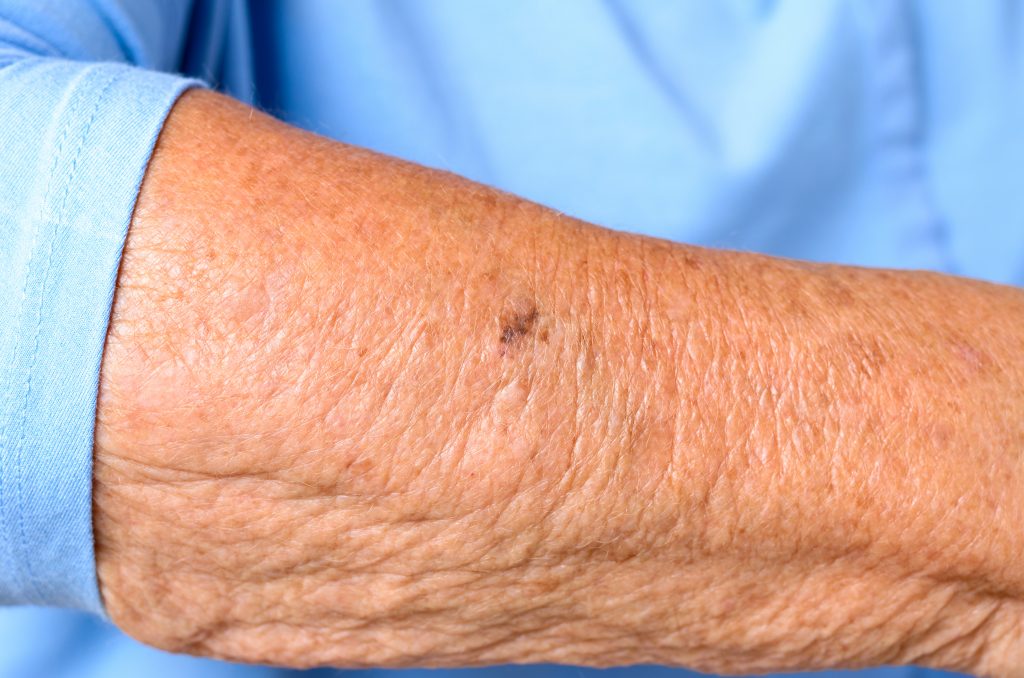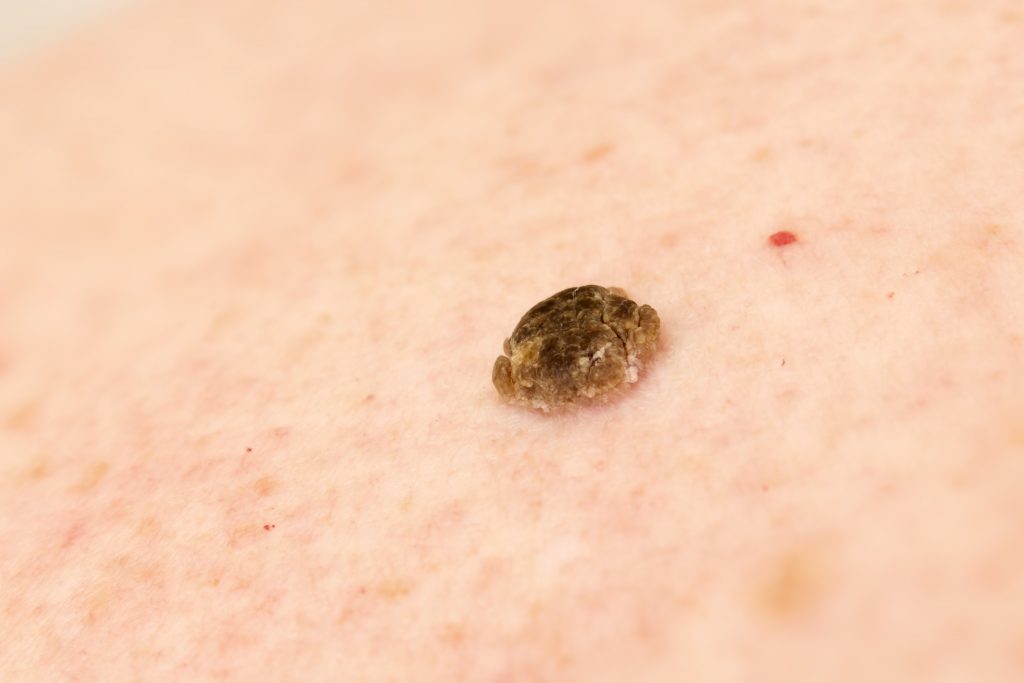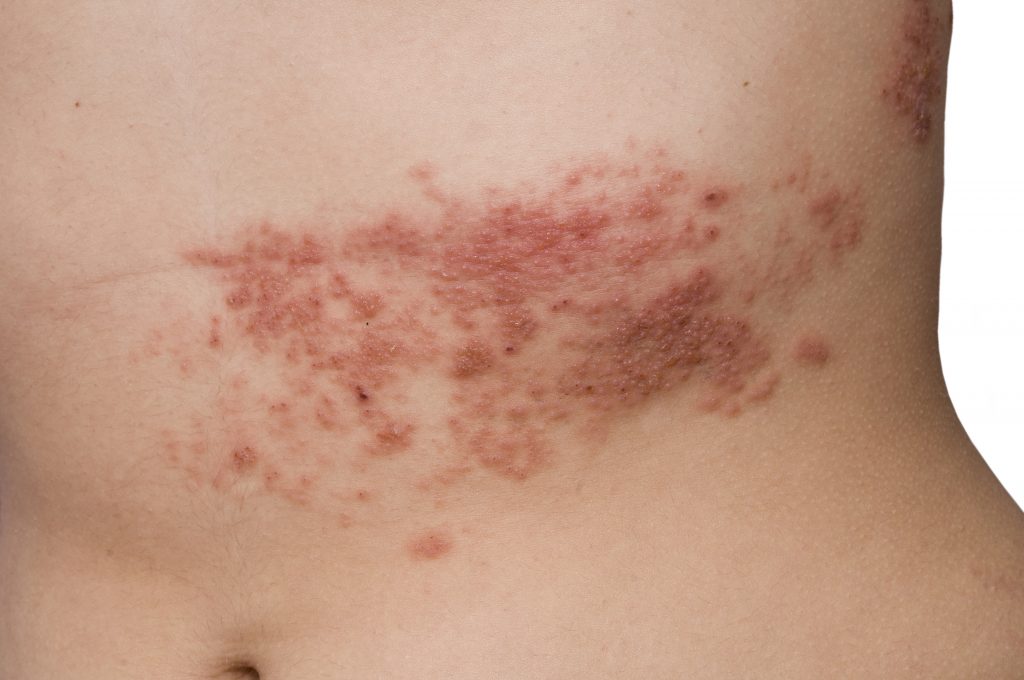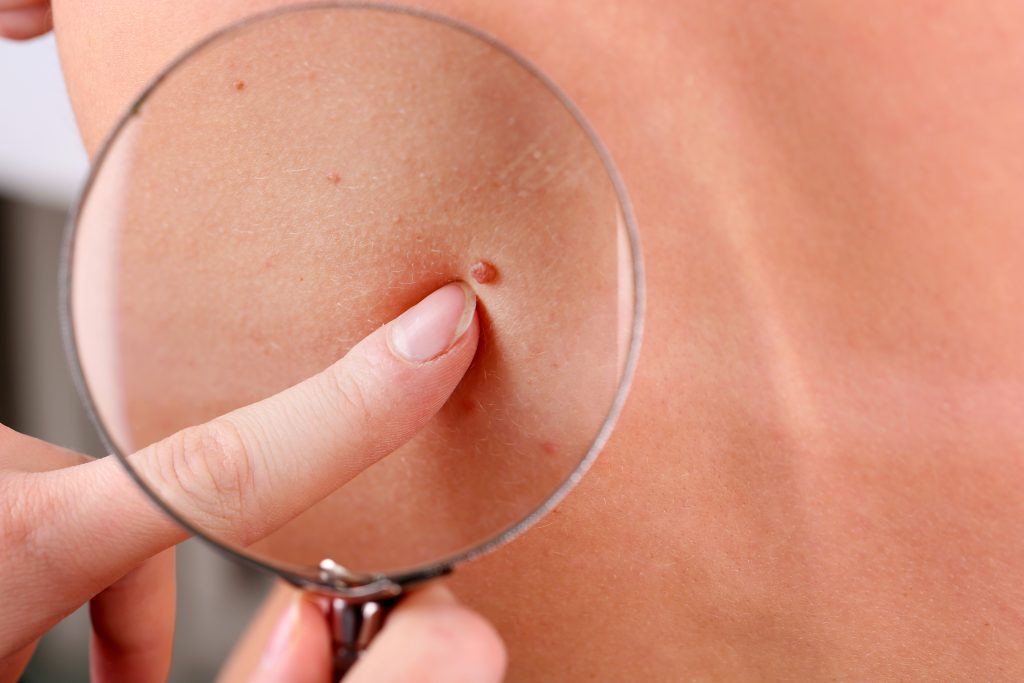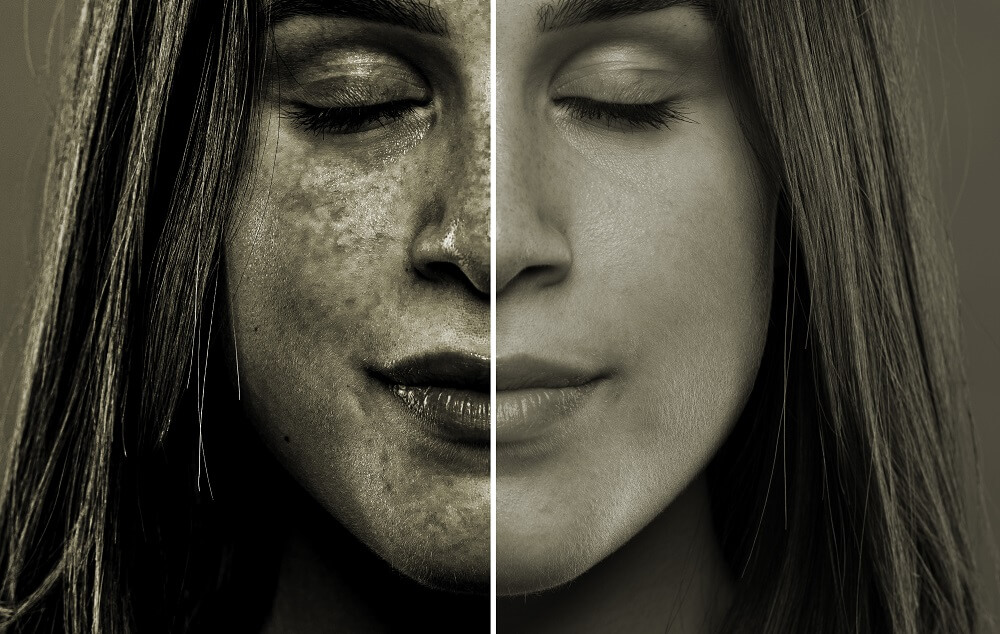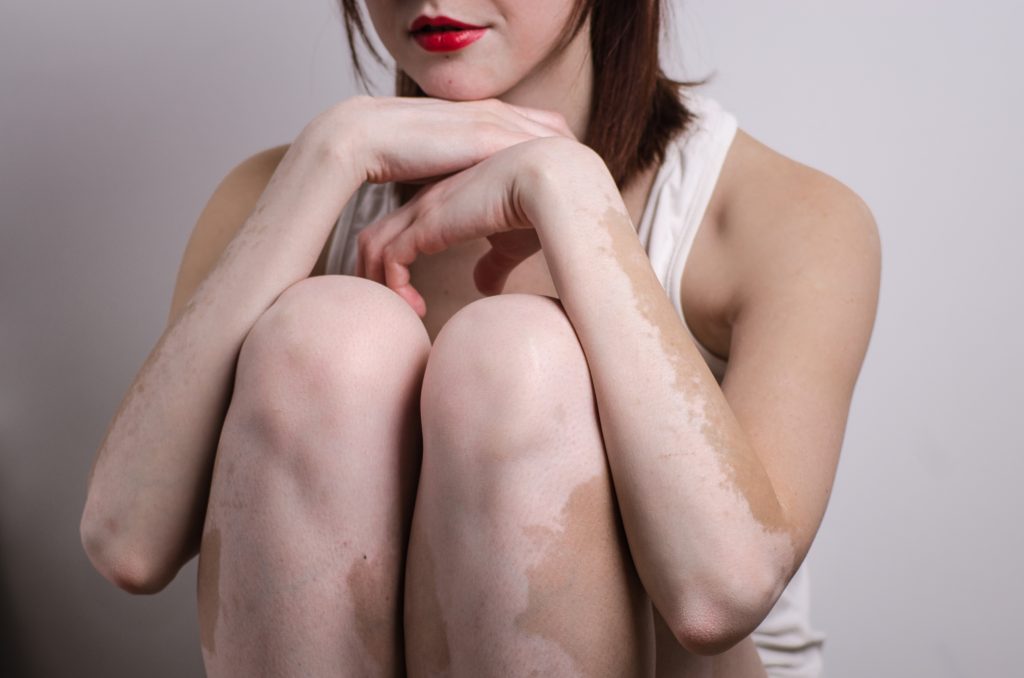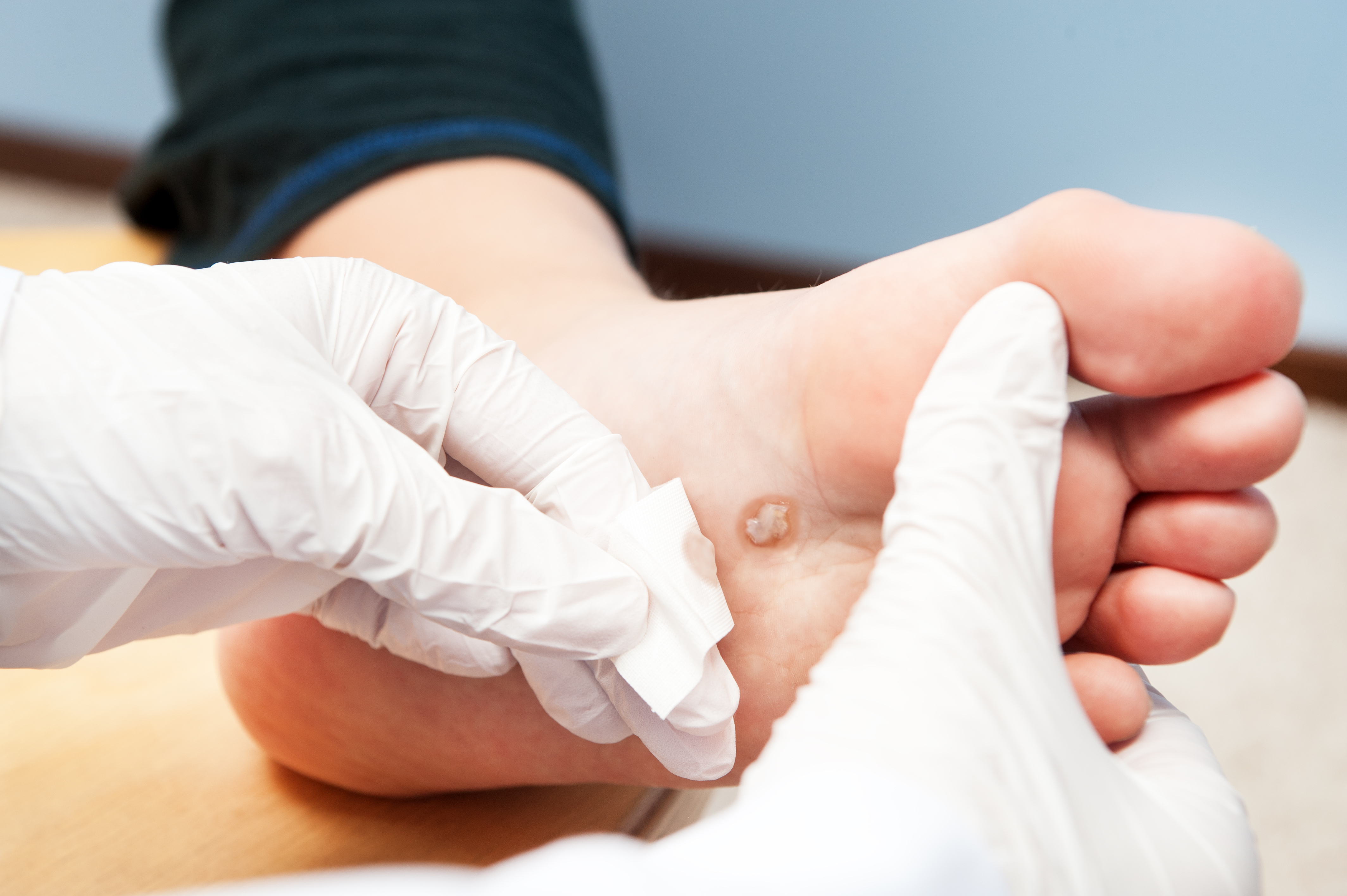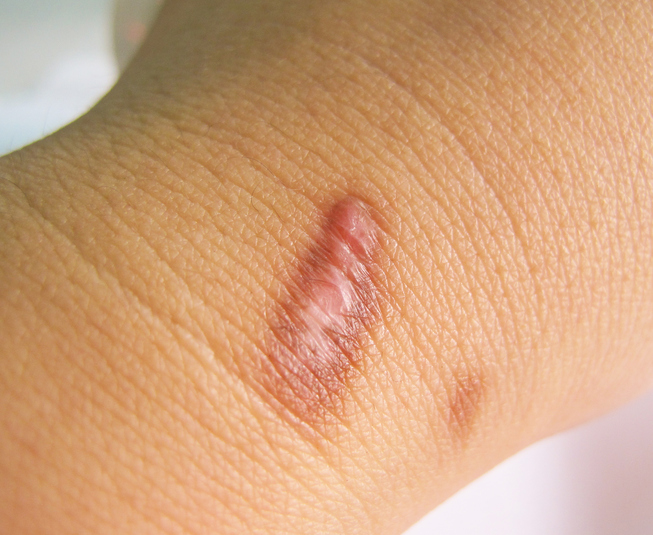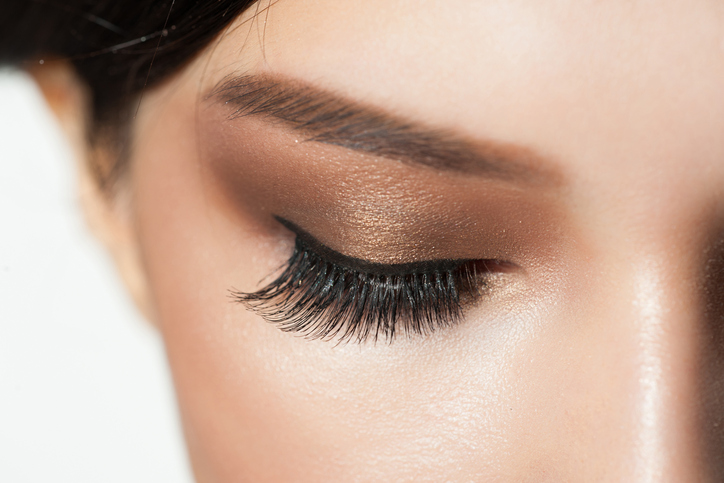Dr. Jinmeng Zhang is a highly skilled dermatologist in Peoria, AZ, dedicated to delivering top-quality dermatology care. She earned her medical degree from Wayne State University School of Medicine in Detroit and completed her internship at St. John Hospital & Medical Center. Dr. Zhang further honed her expertise during her dermatology residency at Washington University in St. Louis, where she was honored as Chief Resident.
Dr. Zhang’s interest in medicine was influenced by her family’s strong medical background. During her undergraduate studies at Case Western Reserve University in Cleveland, she minored in art studio, which naturally drew her to the field of dermatology. She enjoys the creative and diagnostic challenges dermatology presents, balancing visual diagnostic expertise with a solid knowledge of pathology. Dr. Zhang values the partnership between provider and patient, striving to understand each patient’s unique needs and working collaboratively to develop the best treatment plans.
She has presented numerous rare and interesting cases at dermatology conferences and has published her research in both U.S. and U.K. journals. Dr. Zhang stays current with the latest medical developments by reading up-to-date literature, attending dermatology meetings, and engaging in academic dialogues with colleagues. She is an active member of the American Academy of Dermatology and the Christian Medical Association.
Born in China and fluent in Mandarin, Dr. Zhang moved to the U.S. at the age of 10 and spent much of her life in the Midwest before practicing in Hawaii for five years. Now residing in Arizona, she enjoys traveling, exploring new cultures, trying new foods, and hiking. Dr. Zhang is thrilled to be closer to family and is excited about the opportunities in Peoria.
For expert dermatology services in Peoria, AZ, schedule an appointment with Dr. Jinmeng Zhang. Contact our office today to experience her exceptional care.
Additional Languages
-
Mandarin Chinese
Specialties and Affiliations
- American Academy of Dermatology
Featured Articles
- How Bad Is It REALLY To Use Apricot Scrub On Our Faces?
- Gen Z-ers spend the longest time in the shower, new poll reveals.


